Who is suitable for Yejia Chefe Coffee? ratio of hand brewed coffee, water temperature parameters.
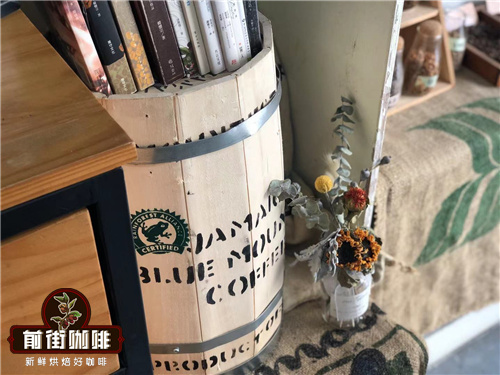
Professional coffee knowledge exchange more coffee bean information please follow the coffee workshop (Wechat official account cafe_style)
Arabica coffee, one of the three major varieties of coffee, was first found in Ethiopia. Ethiopia's climate, topography and altitude are very suitable for the cultivation of Arabica coffee. Ethiopia has also become one of the most recognized boutique coffee producing areas in the world. In this article, Qianjie Coffee will talk to you about the Yegashafi producing area in Ethiopia.
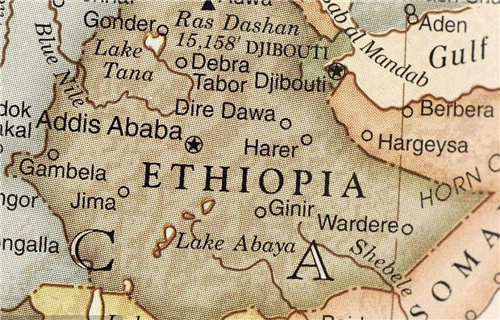
Both Yegashifi and Sidamo are one of the important boutique coffee producing areas in Ethiopia, where many wild or unnamed coffee trees are planted, which are called native species by local people. When you buy Ethiopian coffee beans, you will find that the variety line on the package says that the local native species represent the variety, not the region.
Current Street Coffee introduces guests to Ethiopian coffee beans with strong floral and fruity flavors, but the floral flavor is different in each producing area. For example, the Yegashafi producing area, which is one of the highest coffee producing areas in Ethiopia, is independent from the Sidamo region because of its outstanding flavor. Yega Chuefei coffee cultivation is mostly small-scale cultivation, farmers in their own areas to plant coffee trees, coffee fruit ripened before being sent to a nearby processing plant for treatment.
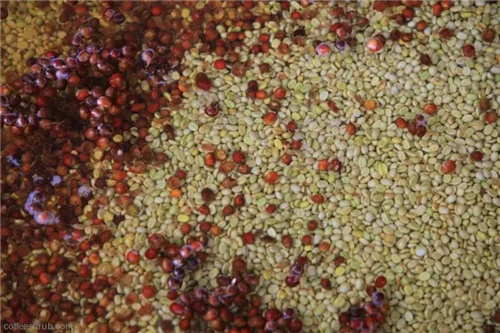
Therefore, you will find that many of the coffee beans in the Yejashefi coffee producing area are named after the processing plant or cooperative. For example, the Yega Xuefei fruit Tintin coffee beans on the front street coffee shelves are from the Godding Co-operative. This kind of fruit Ding Ding is a very representative coffee bean from Yega Xuefei producing area. It uses water washing treatment to make the flavor of the boiled fruit Ding Ding has a light aroma of jasmine, as well as the acidity of citrus and berries. It is very representative of the flavor of Yejia Xuefei producing area, which is also one of the reasons why Qianjie Coffee is on the shelf.
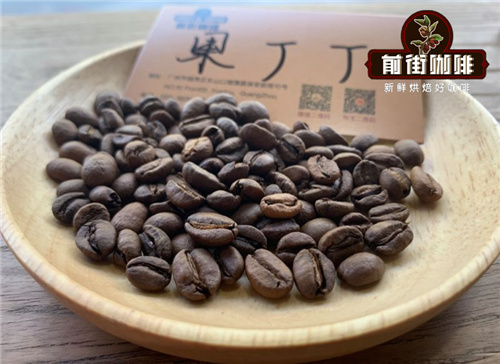
There are more than 50 beans from more than 50 producing areas in the Qianjie coffee shop. Each coffee on the shelf will undergo a multi-curve baking adjustment plan, and then it will be put on the shelves after a cup test to determine the flavor, as is the case with this Fruit Ding coffee. The barista in front street uses the 200ml standard cup to test the bowl. With the standard sieve 20, the grinding degree is 70% Mel 75%, the powder quantity is 11.3 g, and the water temperature is 94 degrees Celsius. First grind and smell the dried incense. The dry aroma of Qianjie Coffee Fruit and Ding Ding Coffee beans gives off the aroma of soy sauce, then fill the bowl with water to confirm the wet flavor. After 4 minutes, the residue was broken and the flavor was identified. The wet aroma has berry aroma, the overall flavor tested in the cup is fresh and sour, then the sweet and sour is balanced, and the berry is sweet. The next step is to hand-flush to show the flavor of Guoding coffee from Yejasuffi.
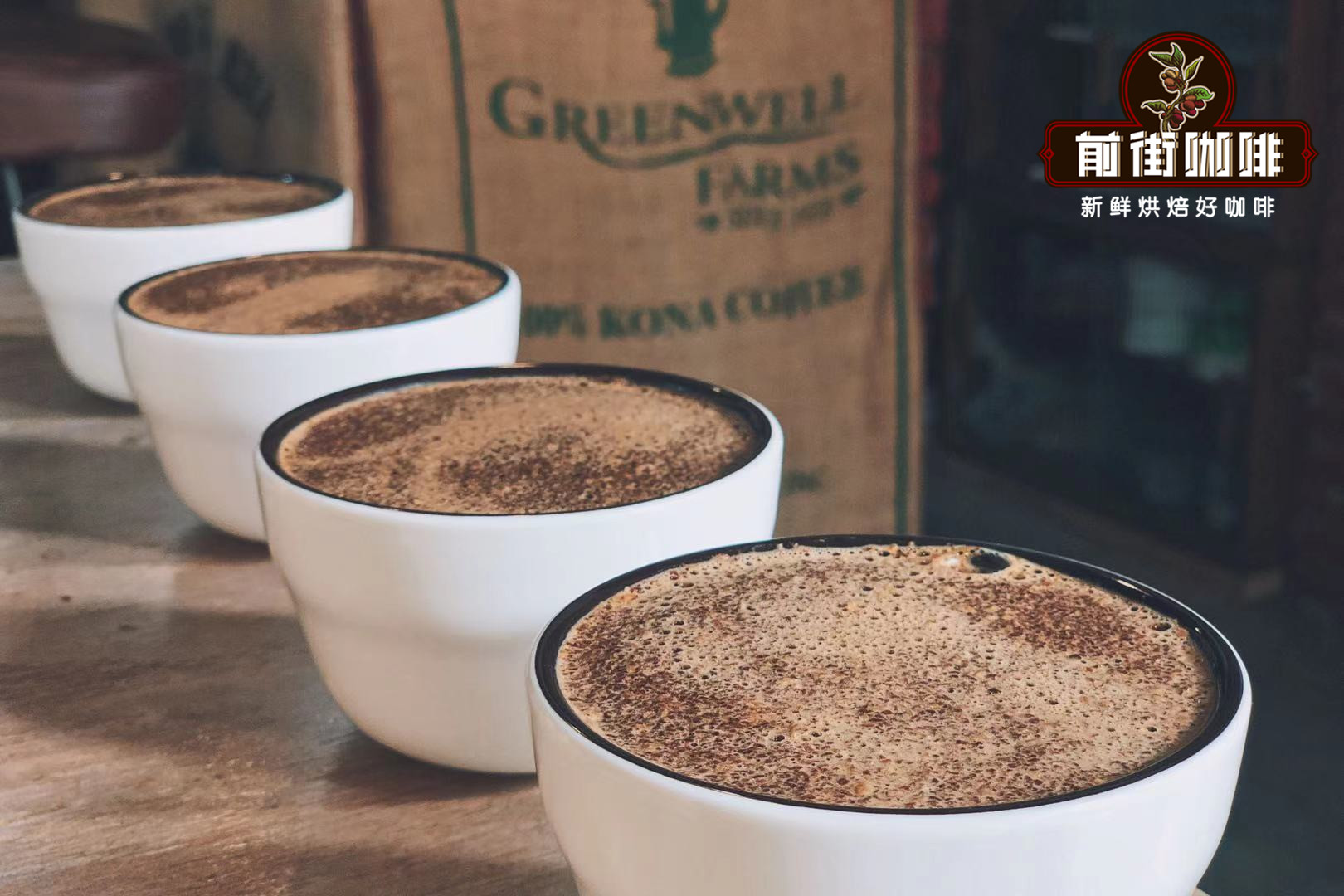
Qianjie Coffee will choose the v60 filter cup when brewing Yega Chevy beans by hand, in order to increase the layering, choose 15g coffee beans when brewing one person, and the powder-water ratio is 1:15, that is, 225g of water. The water temperature is 90 degrees Celsius, the grinding degree is medium thickness, and the pass rate of 0.85mm standard screen is 80%.
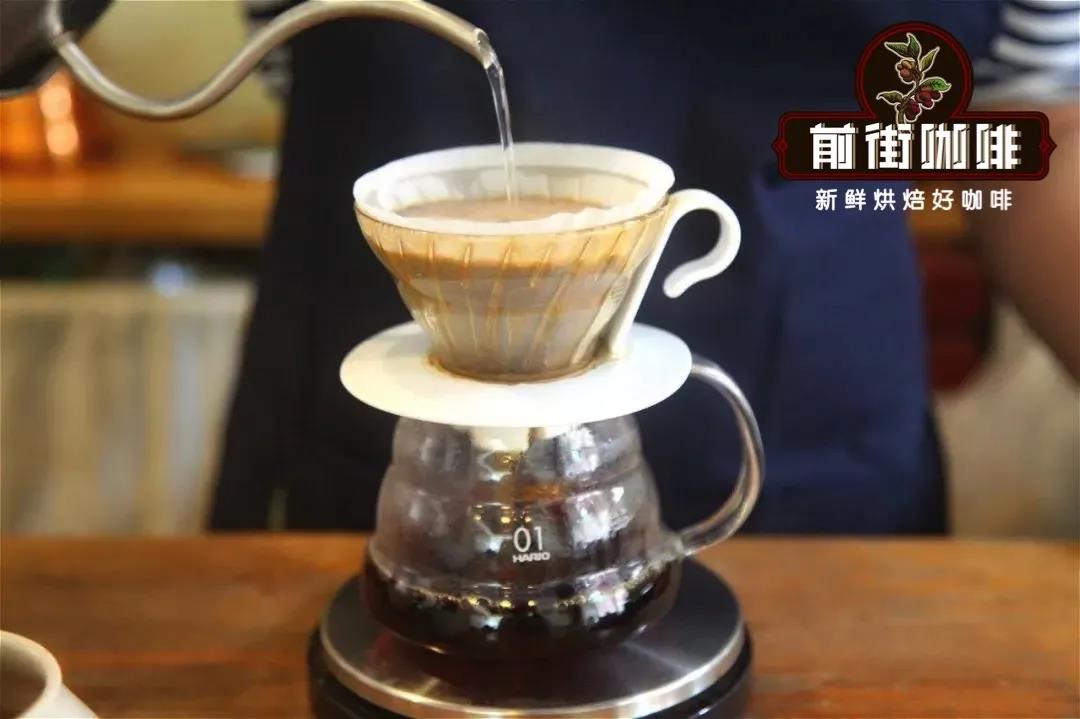
In the first stage, 30 grams of water is injected for steaming for 30 seconds in order to emit the right amount of carbon dioxide. The amount of water injected into the second stage is 125 grams, and the third stage of water is injected when the coffee liquid drops to half. finally, the amount of water is injected to 225 grams, the extraction time is 2 minutes, and the filter cup can be removed to end the extraction as soon as 2 minutes arrive. The coffee flavor of this washed Yega Xuefei has obvious citrus tone, smooth taste, as well as a hint of flower and tea.
Therefore, Qianjie Coffee is very suitable for lovers who have just come into contact with coffee, because the flavor recognition of this fruit and tin coffee bean is very high, and it is easy to taste the basic flavor of the producing area.
Of course, if you like Yega Sheffield beans with a bit of sweetness, you can also consider sun-treated Yejasuefe coffee beans. Qianjie Coffee has a kind of sun-treated beans, that is, sun-red cherry coffee beans. The red cherry coffee beans come from a "Red Cherry Project" of local cooperatives and Dutch raw bean merchants, which aims to improve the quality of Ethiopian coffee beans and improve the lives of local farmers. According to the requirements of the plan, local farmers only harvest all-red coffee fruits, which also reduces the defect rate of coffee fruits.
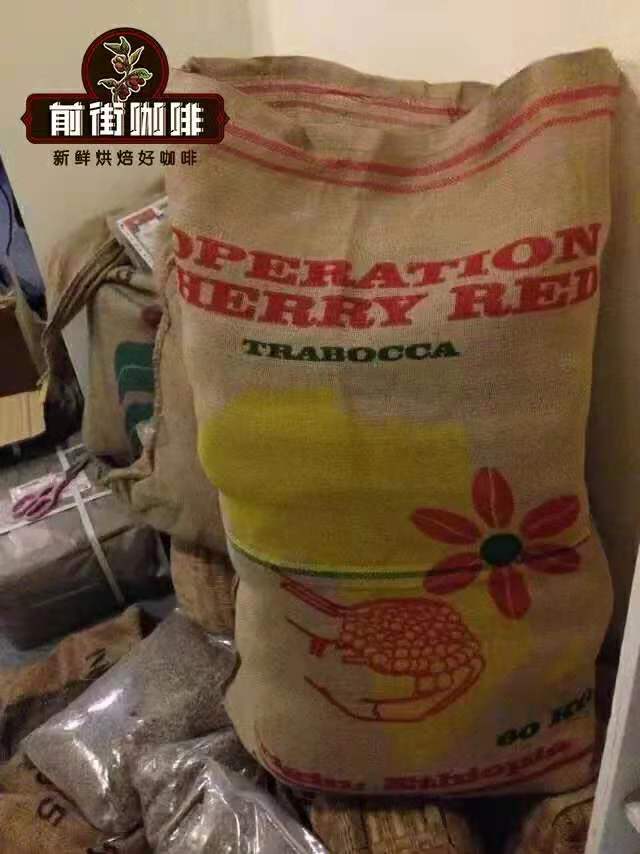
The cup test of Qianjie Coffee on this sun-tanned cherry is as follows: dry, sweet fruit, wet and fresh berries. The imported strawberries are full of aroma, sour and sweet, and the layers are richer. After cooling off, the strawberry flavor is still obvious. The flavor of this red cherry coffee is similar to that of fruit Ding Ding. After all, it comes from the same coffee producing area, and it is normal to have similar flavor. But Qianjie Coffee thinks that the acid quality of the washed Yegasheffe is brighter and the taste is cleaner. The sun-treated Yejasuffi has more layers of flavor and obvious strawberry aroma.
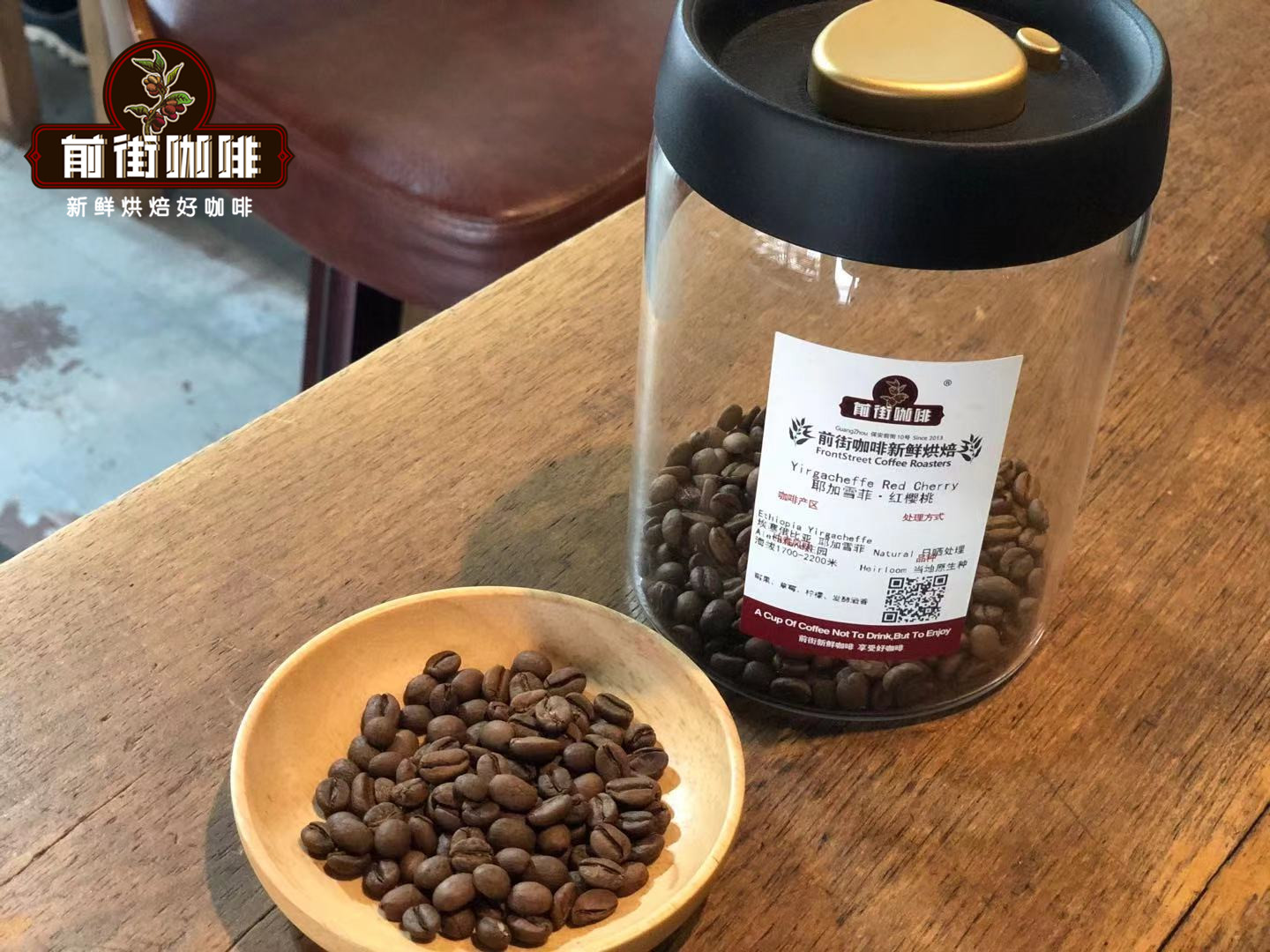
Because the coffee beans treated by the sun do not remove the pulp after picking the coffee fruit, but first dry the coffee fruit until the water content of the coffee is between 11% and 13%, and then use a peeling machine to remove the skin in the processing plant. In this slow fermentation process, the taste of the coffee fruit enters the beans during the drying process, rather than being washed off like the washing method. The flavor brought by the sun treatment is very unique, with a stronger fruit flavor and lower acidity than washed beans. But correspondingly, prolonged sun treatment can also bring some problems. For example, compared with water washing, sun-treated Yega Xuefei requires extra time and energy. Because warm and humid coffee beans are prone to bad smell caused by mold, decay and other problems.
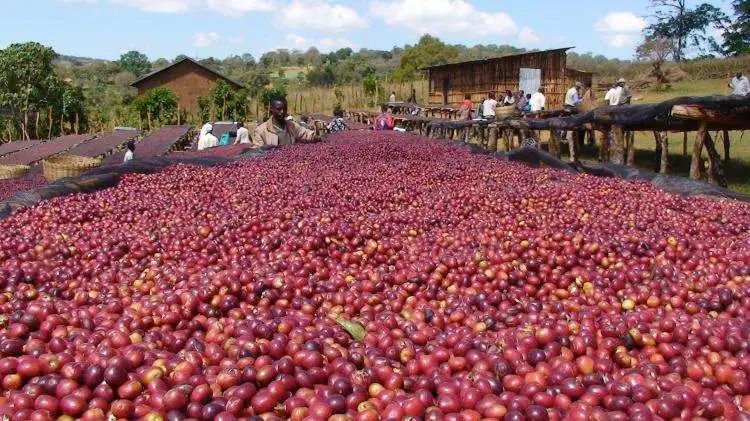
Ethiopian coffee uses different treatments to make coffee beans show different flavors, but these flavors are both prominent and rich, hand-brewing coffee beans from Ethiopia Yega Sheffield does not require superb skills to brew a cup of delicious coffee, so it is very suitable for beginners.
For more boutique coffee beans, please add private Qianjie coffee on Wechat. WeChat account: kaixinguoguo0925
Important Notice :
前街咖啡 FrontStreet Coffee has moved to new addredd:
FrontStreet Coffee Address: 315,Donghua East Road,GuangZhou
Tel:020 38364473
- Prev

Who is Yega Xuefei Coffee beans suitable for anyone? the right way to drink Yega Xuefei Flavor characteristics of sun and water washing
Professional coffee knowledge exchange more coffee bean information please follow the coffee workshop (Wechat official account cafe_style) feel the charm of good coffee, since Yega Xuefei, Yejia Xuefei is famous for its unique sour flowers, especially suitable for new friends, the new generation who has not been brainwashed by coffee flavor and fragrance
- Next
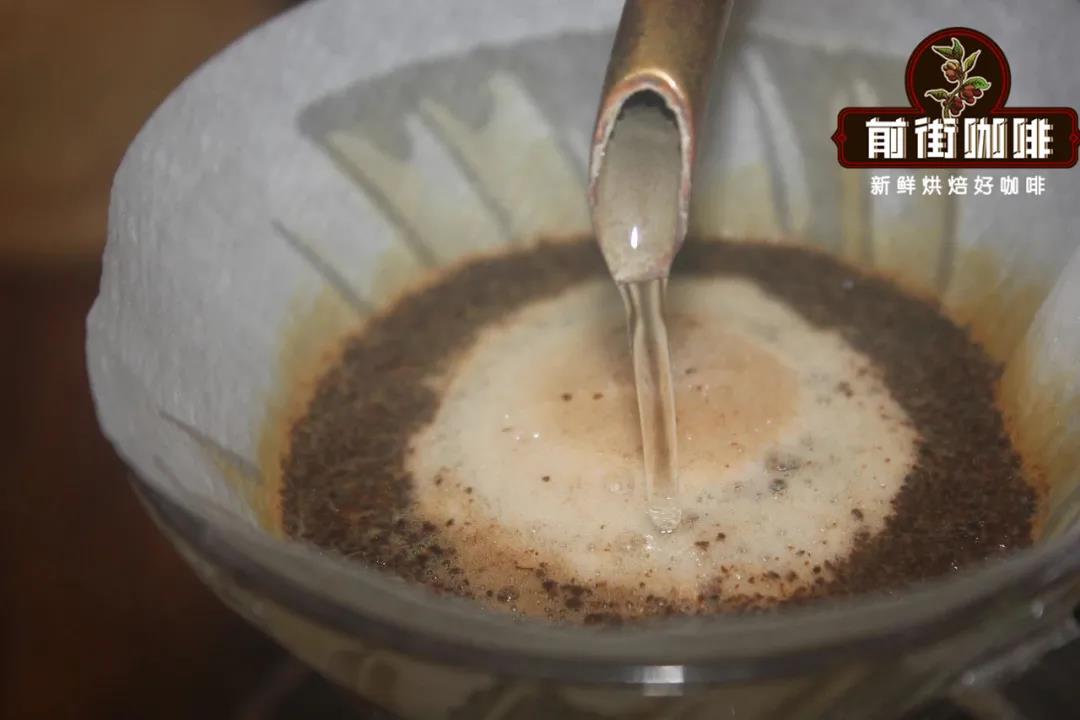
Who drinks Sidamo coffee beans? Differences in Flavor and Taste between Ethiopian Huaqui and Arsi Coffee
Professional coffee knowledge exchange More coffee bean information Please pay attention to coffee workshop (Weixin Official Accounts cafe_style) Ethiopian coffee accounts for 5% of the global market and is the fifth largest coffee producer in the world. The familiar Arabica coffee originated here, and Ethiopia also has the most
Related
- Detailed explanation of Jadeite planting Land in Panamanian Jadeite Manor introduction to the grading system of Jadeite competitive bidding, Red bid, Green bid and Rose Summer
- Story of Coffee planting in Brenka region of Costa Rica Stonehenge Manor anaerobic heavy honey treatment of flavor mouth
- What's on the barrel of Blue Mountain Coffee beans?
- Can American coffee also pull flowers? How to use hot American style to pull out a good-looking pattern?
- Can you make a cold extract with coffee beans? What is the right proportion for cold-extracted coffee formula?
- Indonesian PWN Gold Mandrine Coffee Origin Features Flavor How to Chong? Mandolin coffee is American.
- A brief introduction to the flavor characteristics of Brazilian yellow bourbon coffee beans
- What is the effect of different water quality on the flavor of cold-extracted coffee? What kind of water is best for brewing coffee?
- Why do you think of Rose Summer whenever you mention Panamanian coffee?
- Introduction to the characteristics of authentic blue mountain coffee bean producing areas? What is the CIB Coffee Authority in Jamaica?

